
INDIA Map of Awadh and the NorthWest Provinces, c1880 Stock Photo Alamy
English location of awadh Notes [ edit] Depiction of India's borders [ edit] The territorial boundaries of India are shown as per the actual ground situation in accordance with international practices followed by the United Nations ( [2], [3]) and the National Geographic Society ( [4], [5])
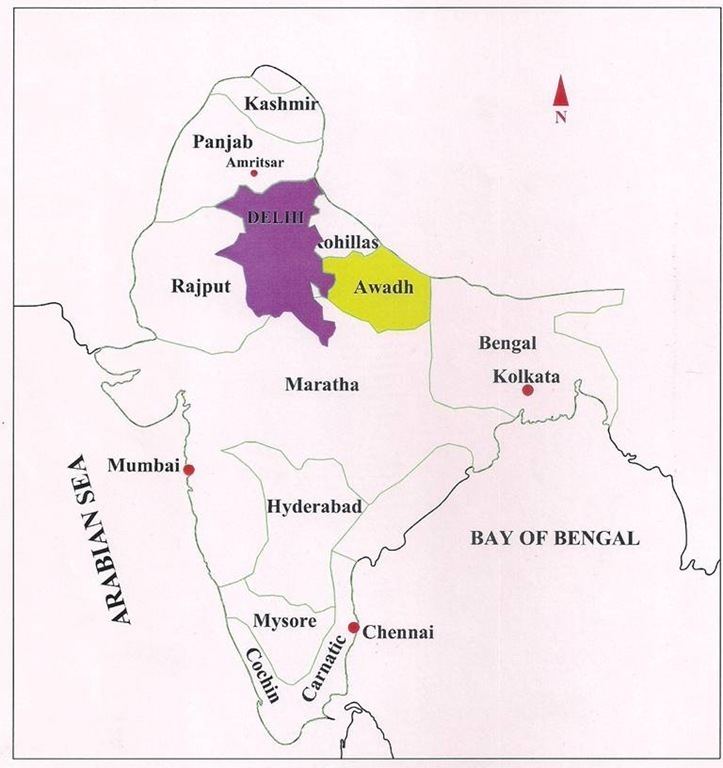
Awadh Alchetron, The Free Social Encyclopedia
Ayodhya (अयोध्या Ayodhyā) is an ancient city in the Awadh region of the Indian state of Uttar Pradesh.Ayodhya is one of the major holy cities of Hinduism - the world's 3rd-largest religion. It has a central role in the ancient Indian epic, the Ramayana, whose protagonist Lord Rama is God incarnated on Earth as the prince of Ayodhya.

LOCATE AWADH ON THE INDIAN POLITICAL MAP WOULD APPRECIATE A QUICK REPLY ON THIS Social Science
Lucknow See all related content → Awadh, historic region of northern India, now constituting the northeastern portion of Uttar Pradesh state. Awadh is situated in the heavily populated heart of the Indo-Gangetic Plain and is known for its rich alluvial soils.

where is awadh and agra in political map show by political map Brainly.in
Awadh, sometimes known as Avadh or Oudh i n British history books, is a territory and proposed state in the present Indian state of Uttar Pradesh, which was previously known as the United Provinces of Agra and Oudh before independence.

Map work = Plassey , buxar ,awadh , Hyderabad,Mysore,Jhansi, Nagpur, satara Brainly.in
Avadh Pradesh Map Avadh Pradesh Map Click here for Customized Maps Buy Now * Proposed Map of Avadh Pradesh, Uttar Pradesh. Disclaimer: All efforts have been made to make this image.

On the political map of India provided, locate the following • Awadh • Hyderabad • Bengal
The Oudh State ( / ˈaʊd /, [1] also Kingdom of Awadh, Kingdom of Oudh, Awadh Subah, Oudh Subah or Awadh State) was a Mughal subah, then an independent kingdom, and lastly a princely state in the Awadh region of North India until its annexation by the British in 1856.
-Copy.png)
Read the clues carefully Mark and label the answers on the outline map of India Saadat Khan made
Awadh ( Hindi: [əˈʋədʱ] ⓘ ), known in British historical texts as Avadh or Oudh, is a historical region in northern India, now constituting the northeastern portion of Uttar Pradesh. It is roughly synonymous with the ancient Kosala region of Hindu, Buddhist, and Jain scriptures. [2]
Awadh In India Map OMEUBRECHO
This region in India is located in the state of Uttar Pradesh. Originally established as part of the Mughal empire, its original capital was Faizabad, though the capital was later moved to Lucknow. As the Mughal Empire disintegrated, Awadh became an independent kingdom, but with a treaty in 1801, the British East India Company controlled the region.
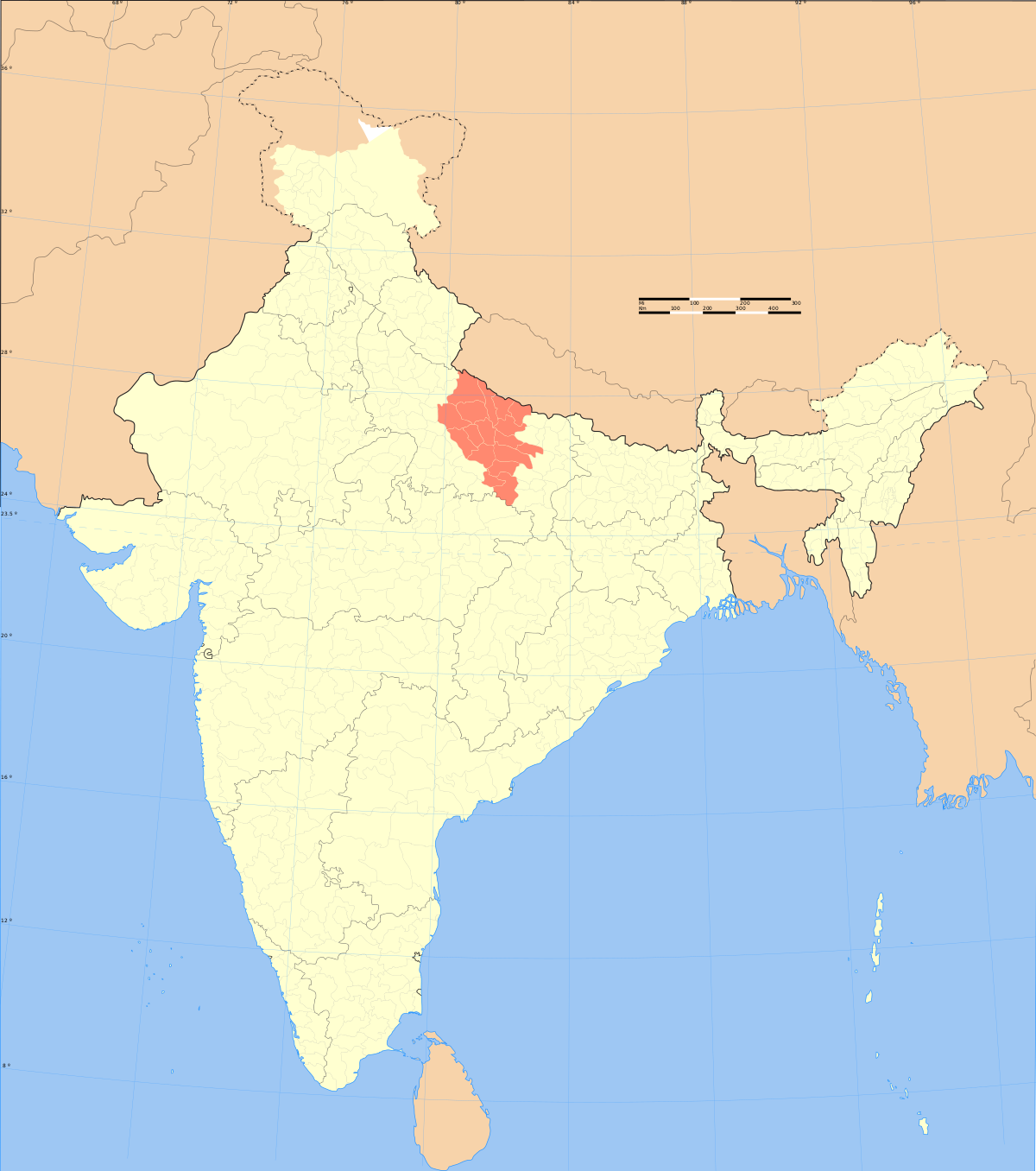
ملفIndia Awadh locator map.svg المعرفة
Ayodhya, town, south-central Uttar Pradesh state, northern India. It lies on the Ghaghara River just east of Faizabad. An ancient town, Ayodhya is regarded as one of the seven sacred cities of the Hindus, revered because of its association in the great Indian epic poem Ramayana with the birth of Rama and with the rule of his father, Dasharatha.
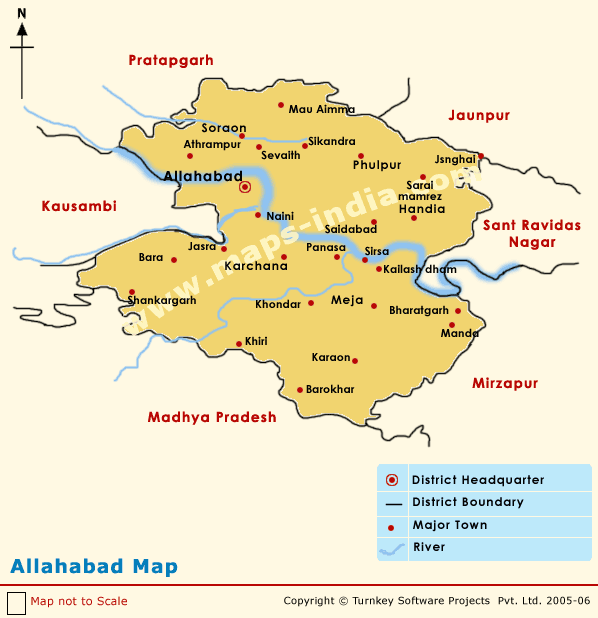
MARXIST Nawab of Awad (Ayodhya)
Ayodhya (Hindustani: [əˈjoːdʱjaː] ⓘ; IAST: Ayodhyā) is a city situated on the banks of the Sarayu river in the Indian state of Uttar Pradesh.It is the administrative headquarters of the Ayodhya district as well as the Ayodhya division of Uttar Pradesh, India. Ayodhya city is administered by the Ayodhya Municipal Corporation, the governing civic body of the city.

Awadh
Awadh was historic region of northern India, now constituting the north-eastern portion of Uttar Pradesh state. It received its name from the capital Kosala's Kingdom Ayodhya and became part of.
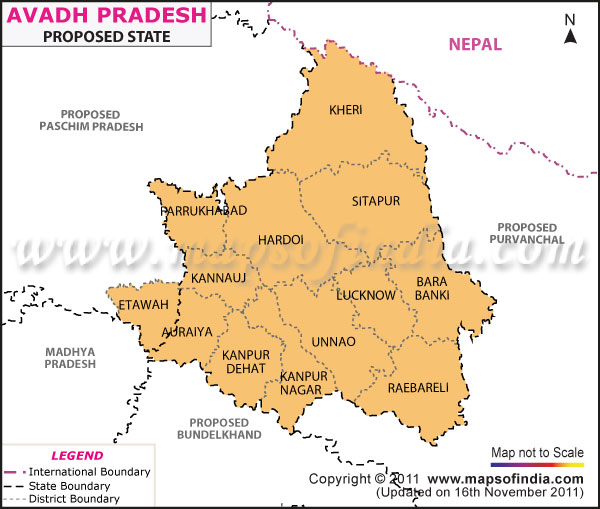
Map Of Awadh
The United Provinces of Agra and Oudh was a province of India under the British Raj, which existed from 1902 to 1937; the official name was shortened by the Government of India Act 1935 to United Provinces (UP), by which the province had been commonly known, and by which name it was also a province of independent India until 1950.. It corresponded approximately to the present-day Indian states.

Locate the following in the India map1. Ganjam 2. Awadh 3. Hyderabad 4. River Godavari
Posthumous portrait of Burhan-ul-Mulk Saadat Khan, the first Nawab of Awadh, 1760. The Awadhi cuisine attained its distinctive flavour under the patronage of the Nawabs of Awadh. Burhan-ul-Mulk Saadat Khan, the first Nawab, was of Persian origin. Thus, Persian cultural practices became an intrinsic part of the courtly culture under the Nawabs.
Handsketched recreation of Awadh's map dating 1821, originally sketched by the English
Lucknow, the city of Nawabs is the capital of Uttar Pradesh . It is a historic city located on the bank of River Gomti. It is also called the city of culture ("Tehzeeb"). Though Hindi is the.

Awadh state lastly ruled by birjis qaudri Atlas map, Geography, Uttarakhand
The Nawab of Awadh or the Nawab of Oudh / ˈaʊd / was the title of the rulers who governed the state of Awadh (anglicised as Oudh) in north India during the 18th and 19th centuries. The Nawabs of Awadh belonged to an Iranian dynasty [1] [2] [3] of Sayyid origin [4] [5] from Nishapur, Iran.
Awadh In India Map OMEUBRECHO
Awadh ( Hindi: [əˈʋədʱ] ⓘ ), known in British historical texts as Avadh or Oudh, is a historical region in northern India, now constituting the northeastern portion of Uttar Pradesh. It is roughly synonymous with the ancient Kosala region of Hindu, Buddhist, and Jain scriptures.